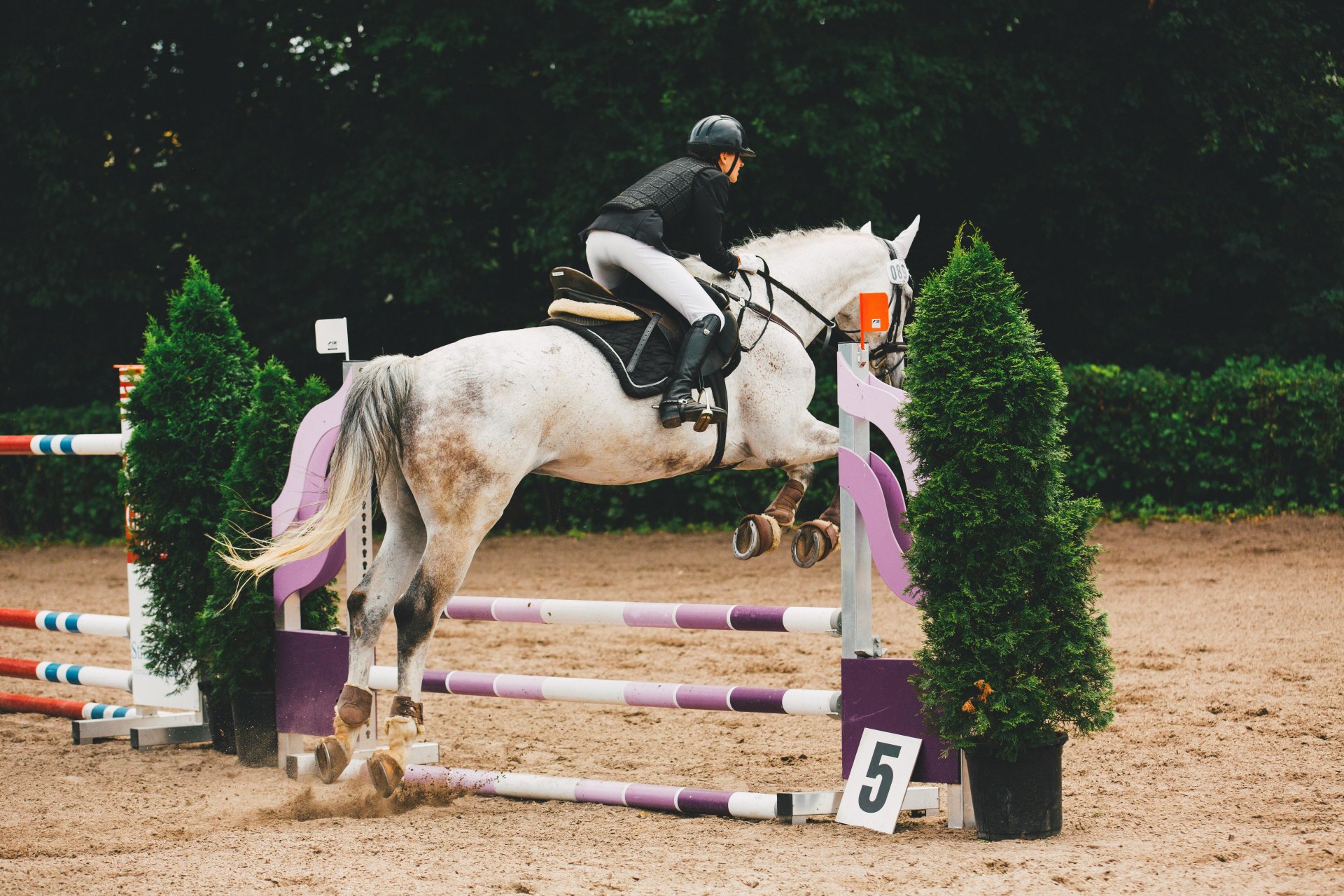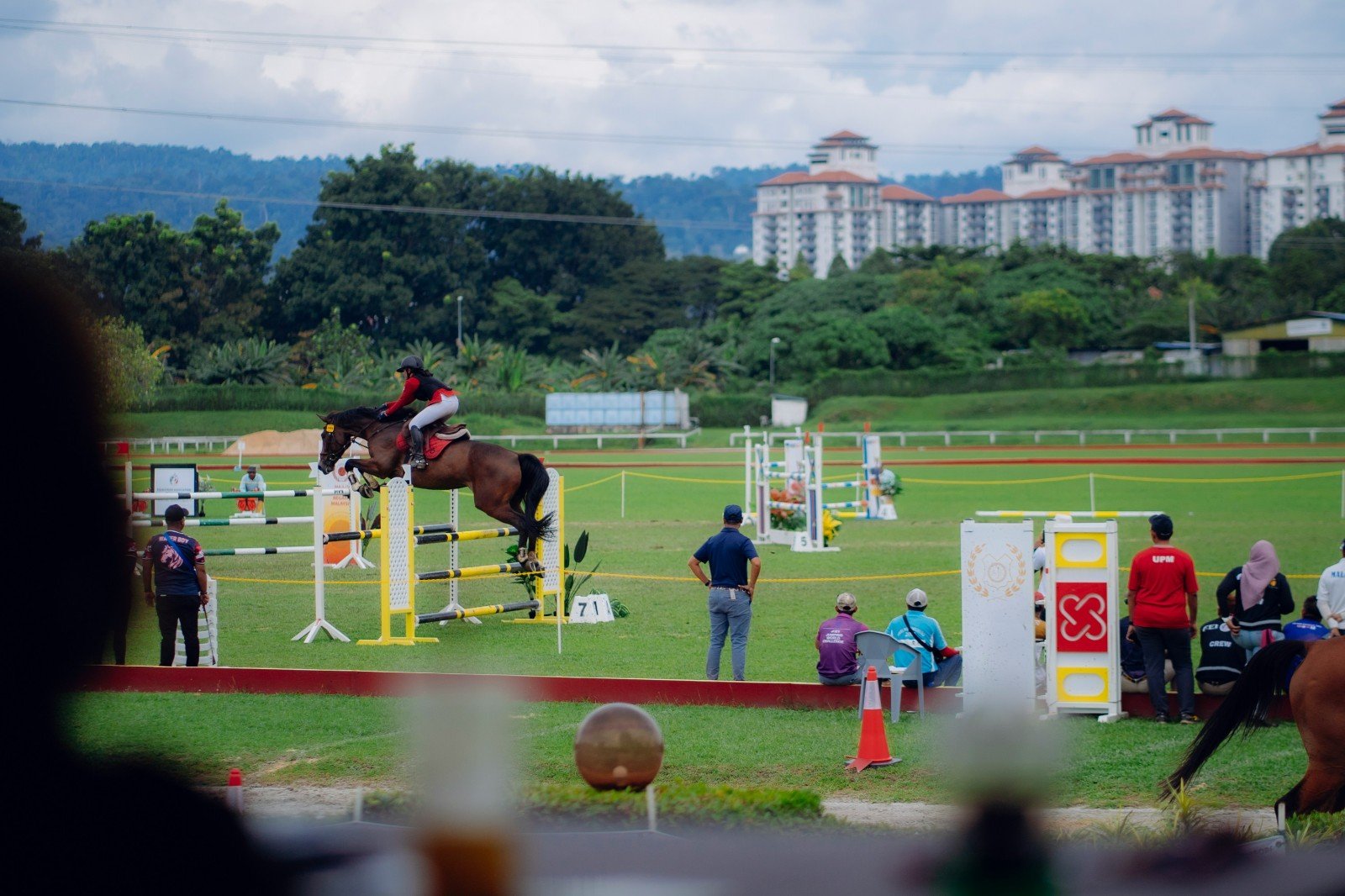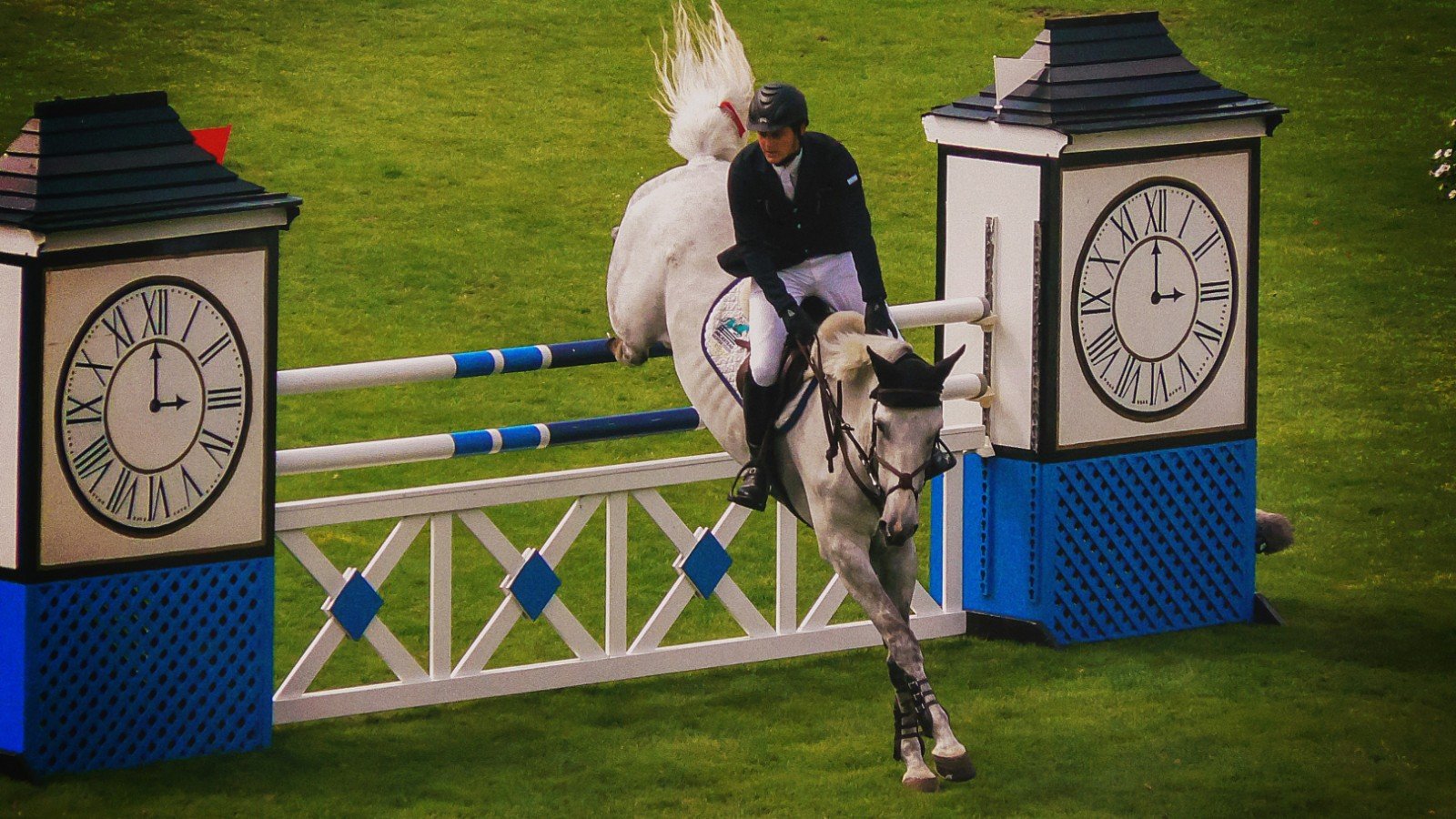
The equestrian world represents a fascinating confluence of centuries-old traditions and cutting-edge technological advancements. As discerning riders increasingly demand equipment that combines time-honored craftsmanship with modern performance benefits, manufacturers are responding with innovative solutions that respect heritage while pushing boundaries. We will explore how six essential pieces of equestrian equipment have evolved, examining both their historical significance and contemporary technological transformations.
1. Saddle Pads: From Basic Padding to Advanced Pressure Management Systems
The humble saddle pad has undergone a remarkable transformation from its origins as simple wool or cotton padding. While natural fibers remain prized for their inherent breathability and moisture-wicking properties, today's premium saddle pads incorporate sophisticated pressure distribution systems. Advanced materials like viscoelastic memory foam conform precisely to the horse's back, while gel-infused matrices provide targeted support to reduce pressure points. Modern designs often feature multi-layer construction with breathable spacer fabrics that promote airflow while maintaining optimal moisture management. These technological enhancements work in harmony with traditional craftsmanship to create products that significantly improve equine comfort during extended riding sessions.
Contemporary horse rug design represents a quantum leap from the heavy wool blankets of previous generations. Today's performance rugs utilize engineered fabrics like ripstop nylon with hydrophobic coatings that repel water while allowing vapor transmission. Innovative construction techniques incorporate laser-cut ventilation zones and seamless bonding to eliminate chafing points. Some premium models feature phase-change material (PCM) linings that actively regulate temperature by absorbing or releasing heat as needed. These advancements have transformed horse rugs from basic weather protection into sophisticated thermoregulation systems that maintain optimal conditions across diverse climates and activity levels.

3. Bridle: Precision Engineering Meets Traditional Leatherwork
The modern bridle exemplifies how traditional materials can be enhanced through precision engineering. While vegetable-tanned leather remains the gold standard for its durability and classic aesthetics, contemporary bridles incorporate anatomical shaping based on equine biomechanics research. Advanced production techniques allow for seamless integration of shock-absorbing padding in critical pressure areas, while innovative hardware options include ceramic-coated bits and titanium fittings that combine strength with corrosion resistance. Some manufacturers now offer hybrid designs that pair premium leather with high-tech synthetic materials in strategic locations, creating bridles that are both easier to maintain and more comfortable for extended wear.
4. Halter: Safety and Functionality Through Smart Design
The evolution of halter design reflects growing understanding of equine ergonomics and safety requirements. While traditional leather remains popular for its classic appearance, modern alternatives like high-strength synthetic webbing offer superior durability and easier maintenance. Innovative features include quick-release safety mechanisms that reduce entanglement risks and anatomically shaped padding that distributes pressure evenly. Some premium models now incorporate reflective elements for improved visibility, while others feature modular designs that allow customization for specific activities. These advancements demonstrate how fundamental equipment can be reimagined to meet the evolving needs of both horses and handlers.

5. Horse Riding Boots: Biomechanical Innovation in Footwear Design
Equestrian footwear has evolved far beyond its purely functional origins. Today's performance riding boots incorporate advanced materials like thermoplastic polyurethane (TPU) for targeted support and energy return. Anatomical last designs now accommodate the unique biomechanics of riding movements, while moisture-wicking linings with antimicrobial treatments maintain foot health during prolonged wear. The integration of shock-absorbing heel systems and dynamic flex zones allows for optimal communication between rider and horse while reducing fatigue. These technical enhancements coexist with classic styling cues, proving that innovation needn't come at the expense of traditional equestrian elegance.
6. Ear Bonnet: Specialized Protection Through Material Science
Modern ear protection solutions demonstrate how specialized equipment has benefited from material science advancements. Contemporary ear bonnet utilize precision-engineered meshes that provide complete insect protection without compromising airflow. Some competition-grade models incorporate sound-dampening materials that reduce ambient noise while maintaining the horse's ability to hear important cues. Temperature-regulating fabrics with phase-change properties help prevent overheating, while seamless construction techniques eliminate potential irritation points. These innovations have transformed ear covers from basic accessories into sophisticated performance-enhancing equipment that addresses multiple equine comfort factors simultaneously.
As we look toward the future of equestrian equipment manufacturing, several key trends emerge. The integration of smart technologies, including sensor-equipped gear that monitors vital metrics, promises to revolutionize horse care and performance tracking. Sustainable manufacturing practices and eco-friendly materials are gaining prominence as environmental consciousness grows within the equestrian community. Perhaps most importantly, the industry continues to demonstrate that technological progress and traditional craftsmanship need not be mutually exclusive.
The most successful manufacturers will be those who can authentically honor equestrian heritage while fearlessly embracing innovation. By maintaining rigorous quality standards while incorporating cutting-edge materials and design philosophies, the equestrian equipment industry is poised to deliver products that meet the sophisticated demands of modern riders without losing the soul of traditional horsemanship. This delicate balance between past and future ultimately serves the timeless goal of all equestrian equipment: enhancing the profound connection between horse and rider.